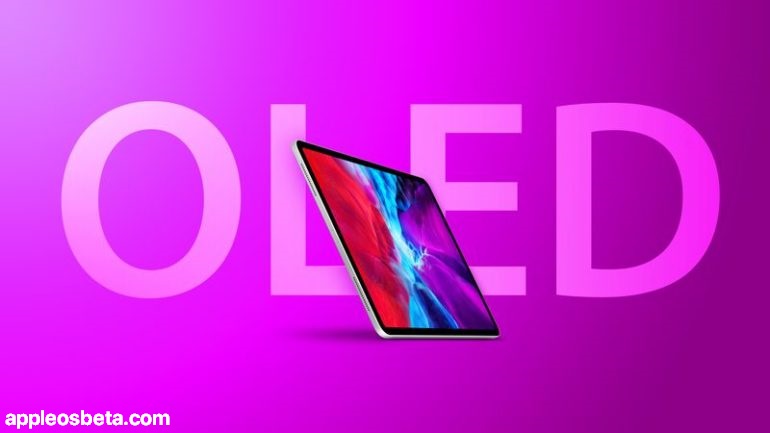OLED iPads could cost a lot more. Apple has chosen a particular type of OLED panel for future iPad Pros. The first iPad Pros with an OLED screen are likely to be significantly more expensive than currently available tablets with similar screens.
iPhone SE 4 will be done, here’s how and when
According to The Elec, Apple is expected to launch new 11.1-inch and 13-inch iPad Pro models with OLED rather than LCD displays next year, and panel sourcing will account for the majority of material costs.
Apple is currently in discussions with Samsung and LG Display on the supply price of the panels, the specifications of which will require the use of production processes that have never been used in the past for screens of this size. LG is working on both panels, while Samsung is only working on 11.1-inch screens, at least for now.
Samsung has also reportedly decided to invest in eighth-generation OLED production lines, which should result in panels that are cheaper than those made on the sixth-generation line. The iPad Pro OLED panels due out next year are to be made using the sixth-generation lineup, but it’s likely that panels for future OLED MacBooks will be made from the eighth-generation lineup.

One of the new manufacturing processes involves the use of a two-layer tandem structure, thus doubling the brightness and quadrupling the life of the OLED display. All iPhones use a single-stack structure, and Apple’s rationale for choosing two-stack panels for iPads is that tablets tend to be used for longer periods.
Another process is the use of low-temperature polycrystalline oxide (LTPO) thin-film transistors (TFTs), for a more energy-efficient backplane for managing individual pixel power on and off, and ultimately , a hybrid OLED structure.
According to The Elec, the cost of supplying OLED panels for existing 10-inch devices is approximately $100-150, while the outlay for the processes involved in making the 11.1-inch and 13-inch OLED panels required by Apple is $270 and $350, respectively. Barring surprises, Apple will pass on some of these additional costs to end users, which will be reflected in significantly higher retail prices.
